Category
- Alocasia Variegated
- Bonzai trees
- Caramel marble
- Caramel marble philodendron
- Florida beauty
- Monstera albo variegata
- Monstera mint variegata
- Pachypodium
- Philodendron Billietiae Variegated
- Philodendron Bipennifolium Variegated
- Philodendron Domesticum Variegated
- Philodendron ilsemanii variegata
- philodendron ring of fire variegated
- Rhaphidophora tetrasperma
- White princess
Recent Posts
- Variegated Philodendron Red Anderson Care Guide: Everything You Need to Know
- 🌿 Variegated Monsteras for Sale. Your Complete Buyer’s Guide to Rare & Premium Variegated Aroids
- Philodendron Caramel Marble Care Guide
- Variegated Monstera Albo, The Iconic White-Marble Aroid Taking Over Modern Plant Collections
- Domesticum
Recent Comments
Most Popular
Tag Cloud
Popular
Tag Clouds

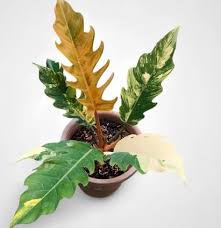
Rare Variegated Plants, Variegated plants have long captured the hearts of gardeners, plant enthusiasts, and interior designers alike. Their unique patterns of green, white, yellow, and even pink make them stand out in any collection. But among them, rare variegated plants hold a special place due to their scarcity, beauty, and the sense of prestige they bring to plant collectors.
What Makes Variegated Plants Rare?
Variegation in plants occurs due to genetic mutations, environmental factors, or chimeral patterns, resulting in leaves with multiple colors. However, true variegation is relatively uncommon, and plants displaying unique patterns often require careful propagation to maintain their distinctive traits. This rarity is what makes them highly sought after in the horticultural world.
Popular Rare Variegated Plants
Several species of rare variegated plants have become iconic among collectors:
- Monstera Albo Variegata – Known for its striking white patches, this tropical favorite can fetch high prices due to its slow growth and rarity.
- Philodendron Pink Princess – Famous for its pink variegation, each leaf is like a piece of art.
- Variegated Rubber Plant (Ficus Elastica ‘Tineke’) – Offers cream, green, and sometimes pink patterns, adding elegance to any indoor space.
- Calathea White Fusion – With its intricate white and green marbled leaves, this plant is a showstopper in collections.
Caring for Rare Variegated Plants
Due to their genetic makeup, rare variegated plants can be more delicate than their non-variegated counterparts. Proper care includes:
- Providing bright, indirect light to maintain vibrant leaf colors.
- Avoiding overwatering while ensuring adequate humidity.
- Using well-draining soil to prevent root rot.
- Regularly inspecting for pests, as weakened plants can be more susceptible.
Why Collectors Love Them
Owning rare variegated plants is not just about decoration. They symbolize patience, dedication, and a passion for nature’s artistry. Each plant tells a story through its unique patterns, and for many collectors, hunting for a rare specimen is a rewarding journey.
Conclusion
The allure of rare variegated plants lies in their rarity, aesthetic appeal, and the joy of nurturing something extraordinary. Whether you are an experienced horticulturist or a beginner looking to start a collection, these plants can transform your space into a living gallery of natural beauty.
You Might Also Like These:
philodendron bipennifolium violin variegated
Written by admin
Categories
Best offers
Join Risk Free
30 days refund
100% Safe
Secure Shopping
24x7 Support
Online 24 hours
Best Offers
Grab Now
Free Shiping
On all order over
Testimonials

Sabina
Duis aute irure dolor in reprehenderit in voluptate velit esse cillum dolore

Rex
Duis aute irure dolor in reprehenderit in voluptate velit esse cillum dolore
Foodie Blog
Know Us

Over the 9 years of business, with learning the floral industry, we are still to this day improving ourselves, each and every day to make your floral sending experience fantastic.
Read More
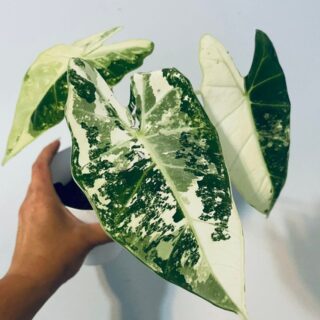
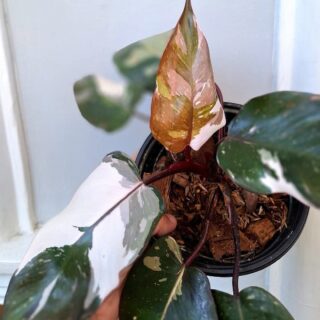
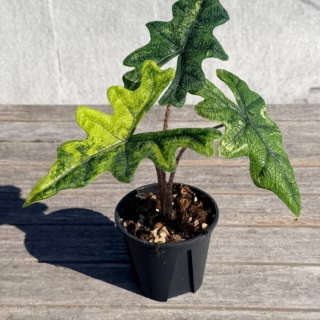
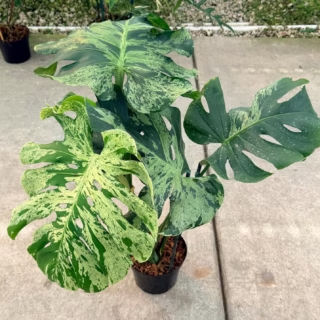
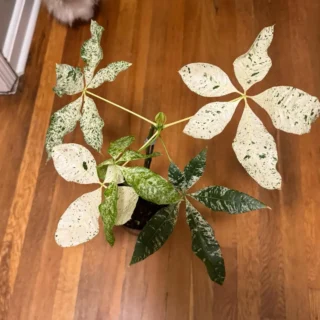
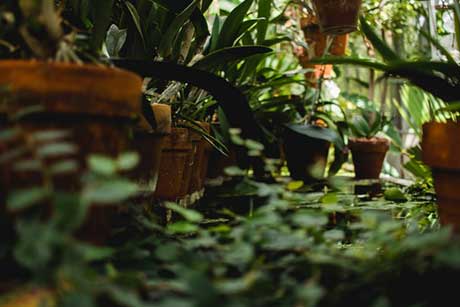
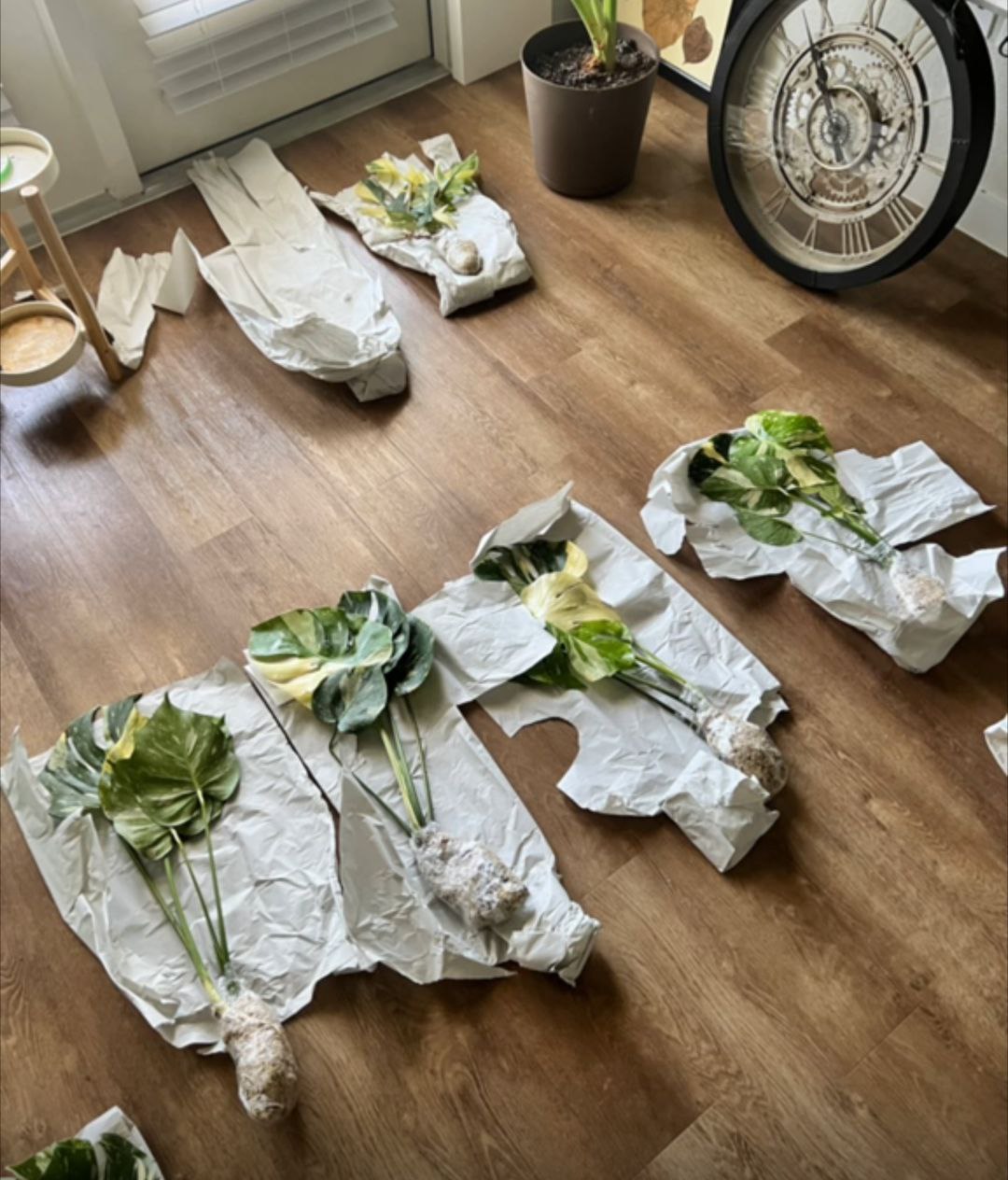
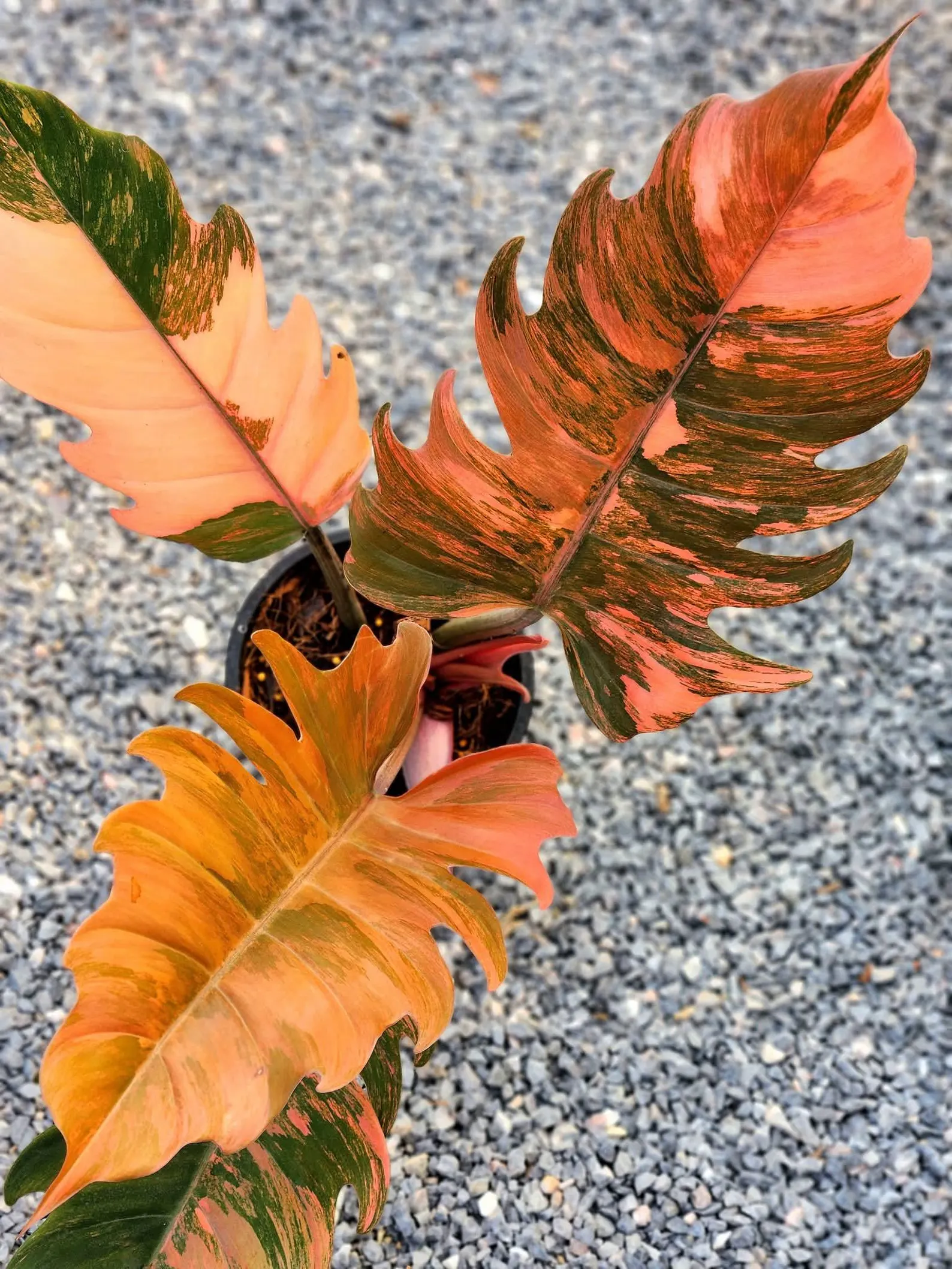
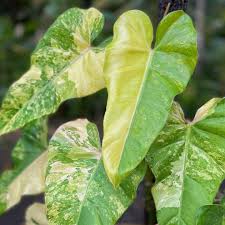
Leave a Reply